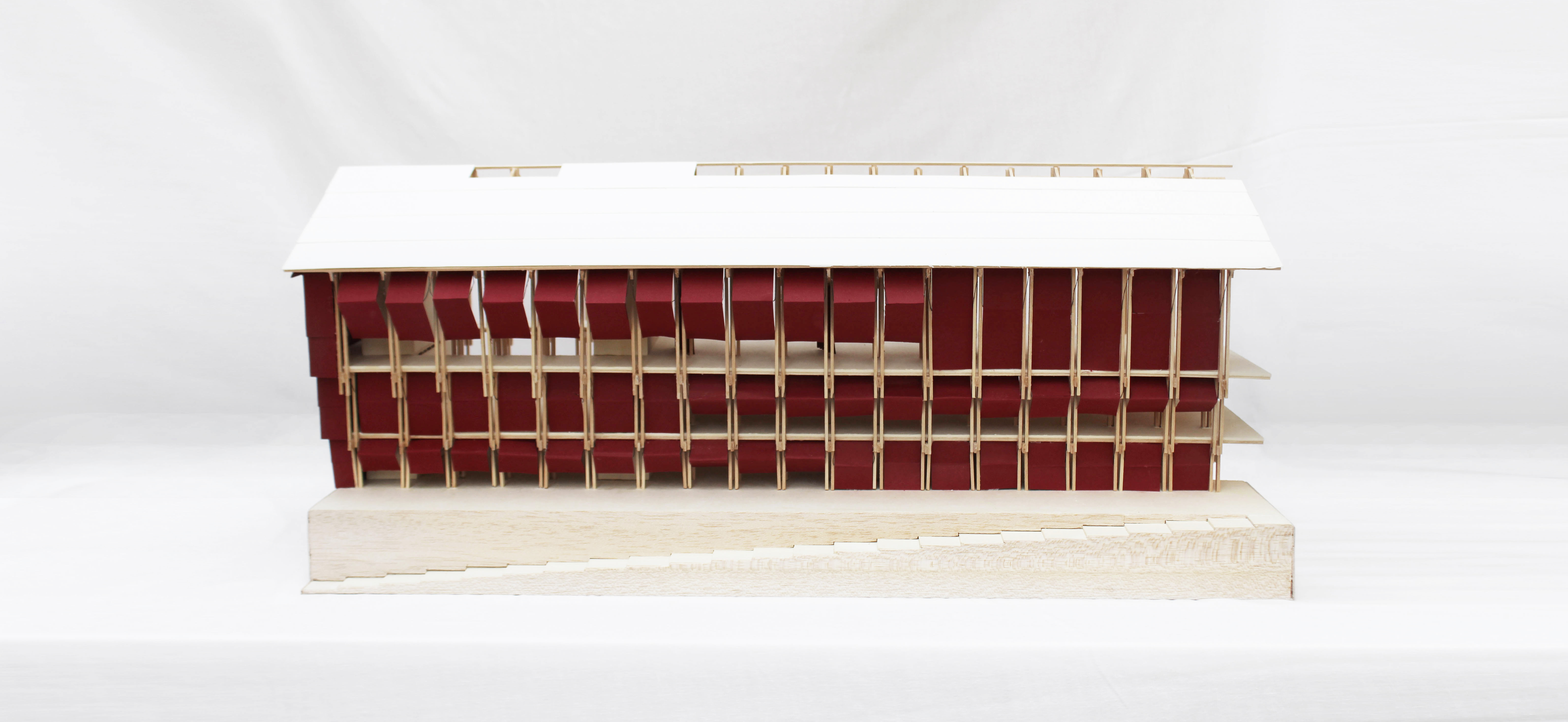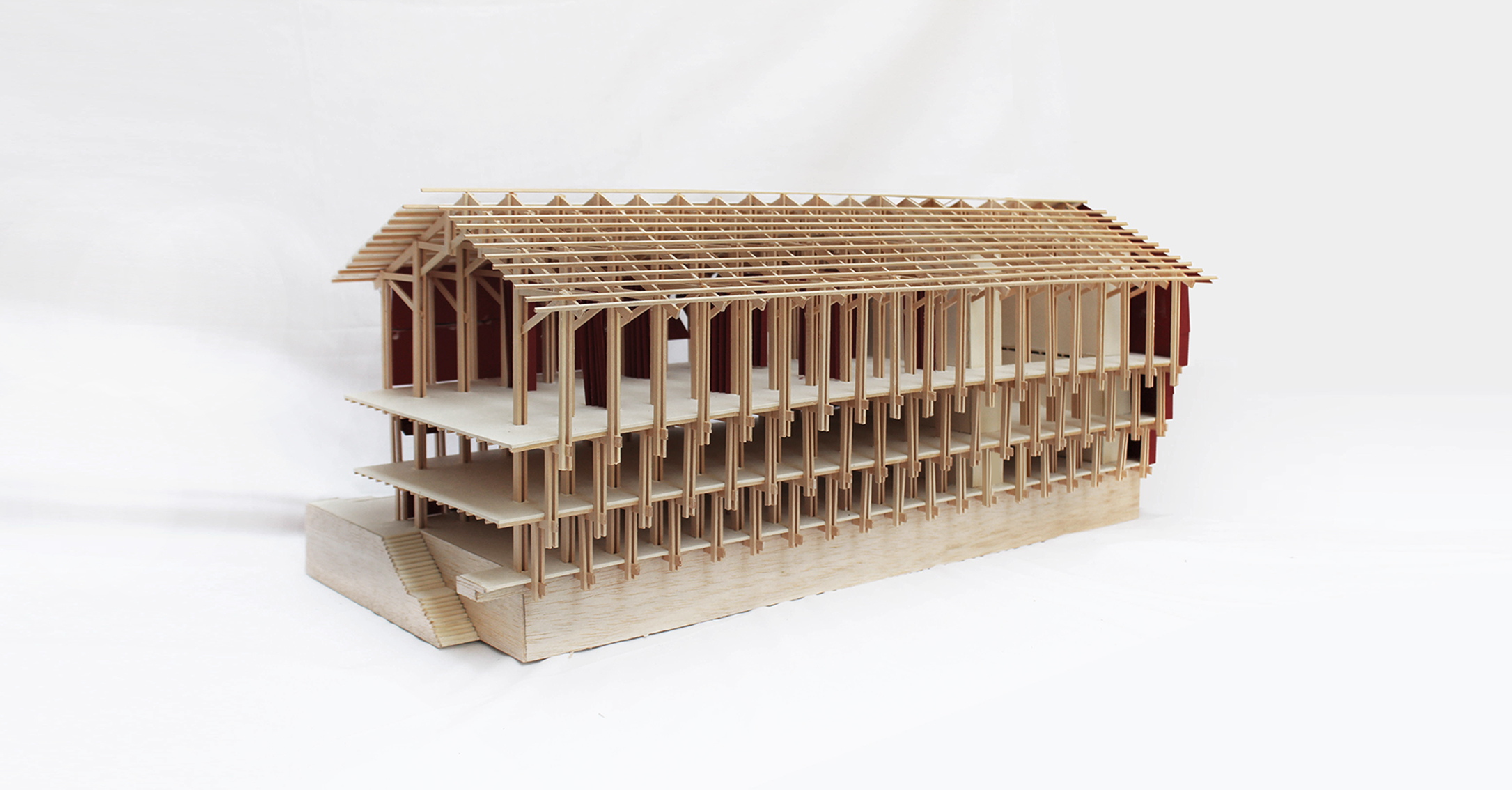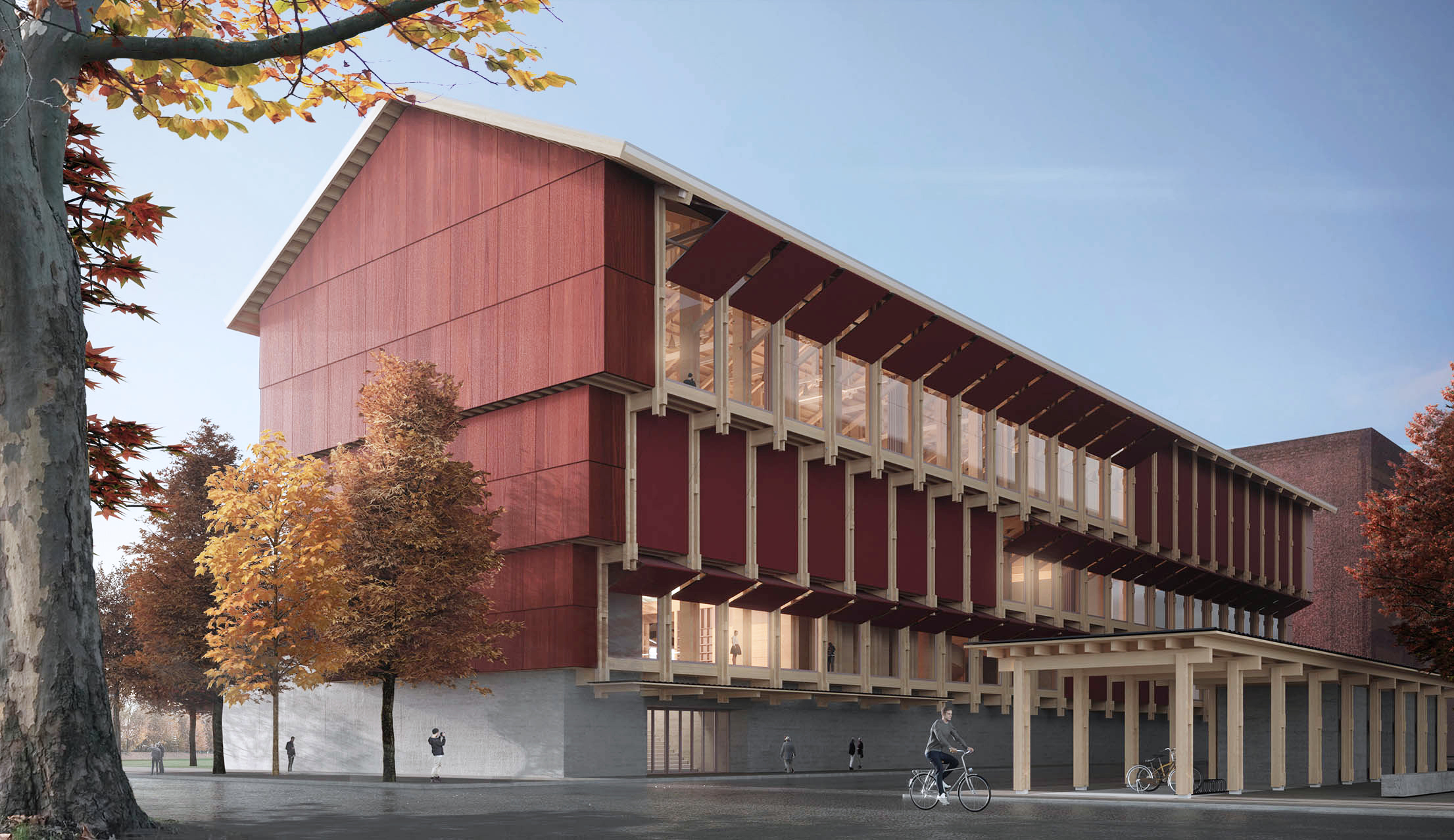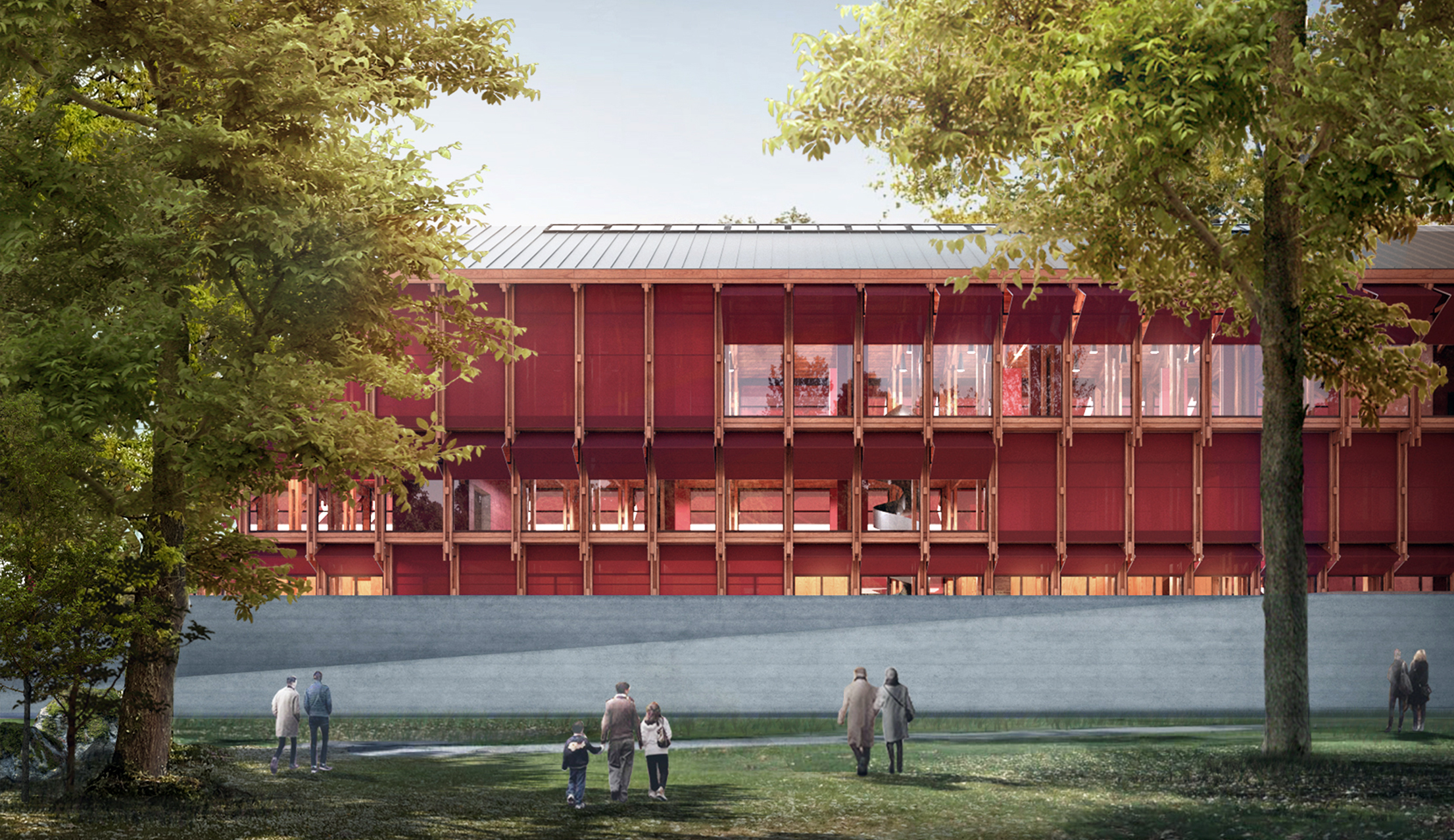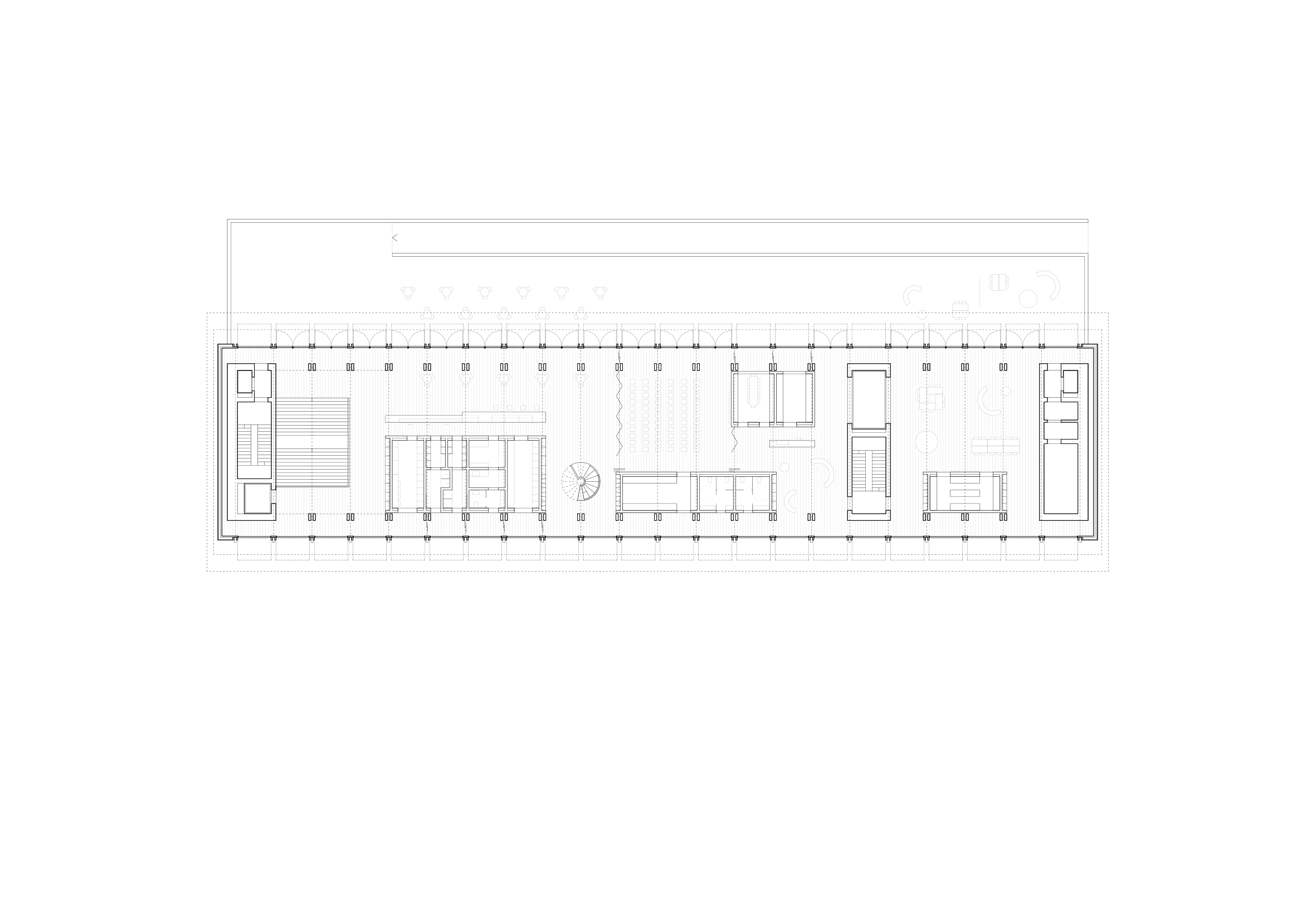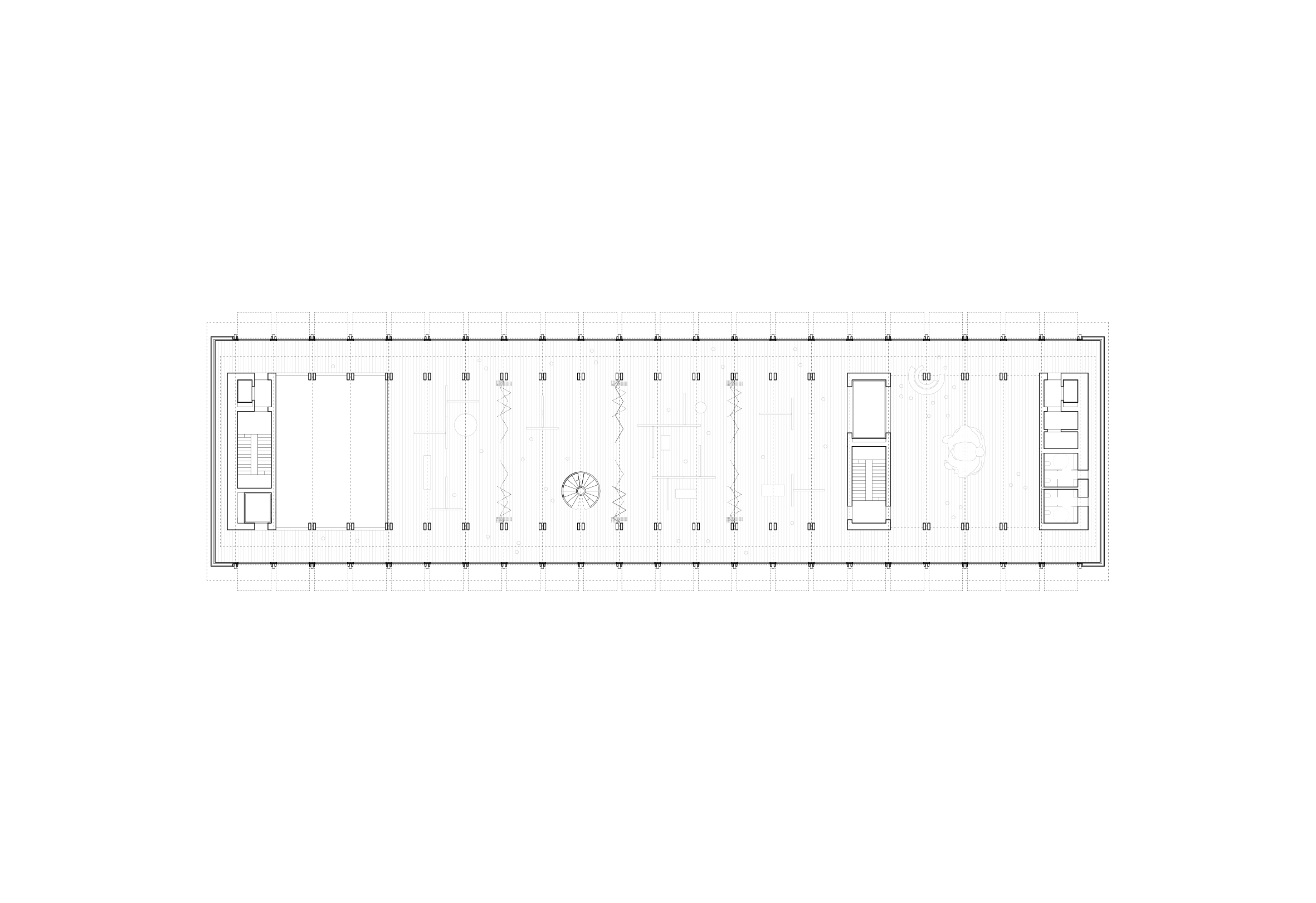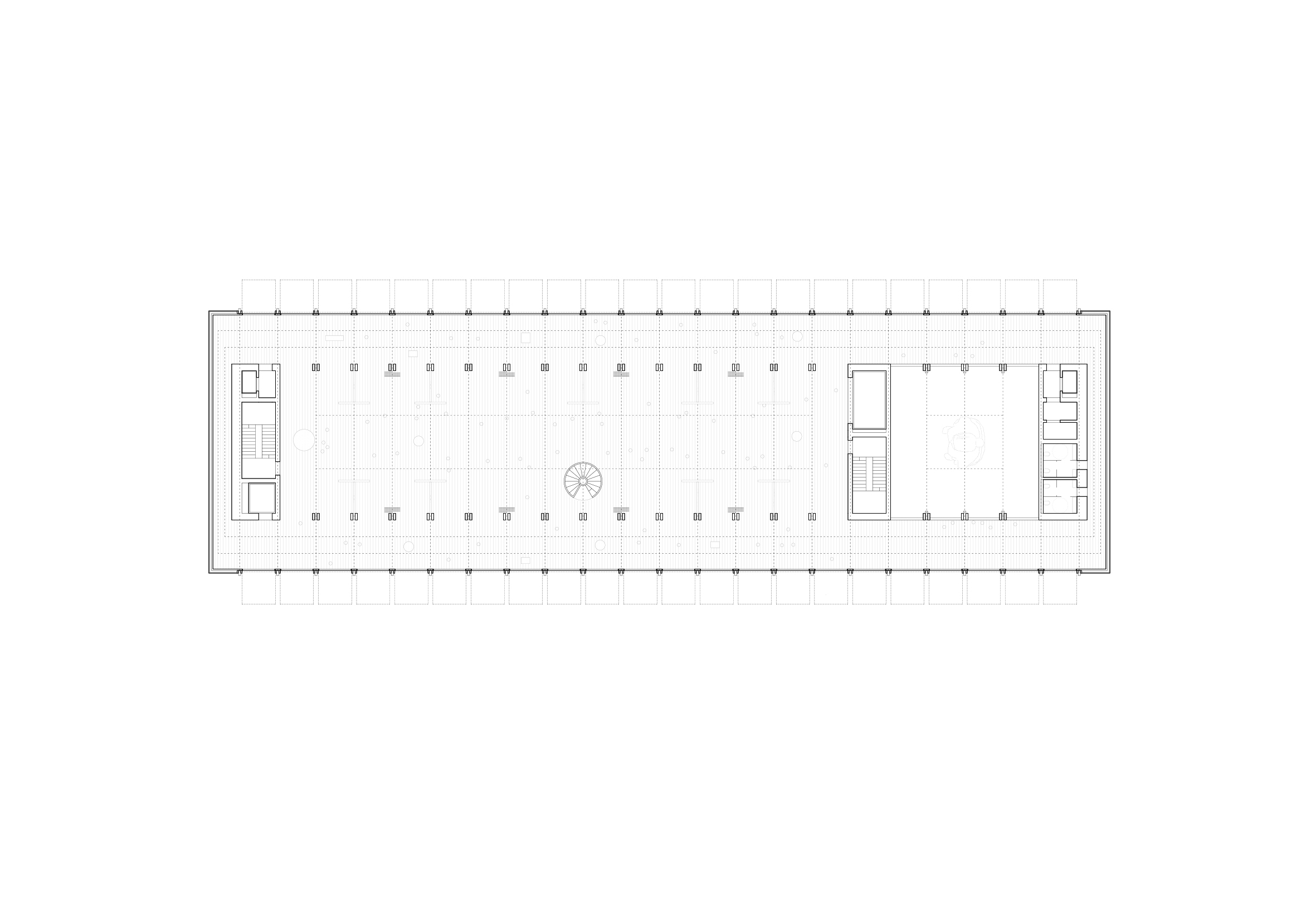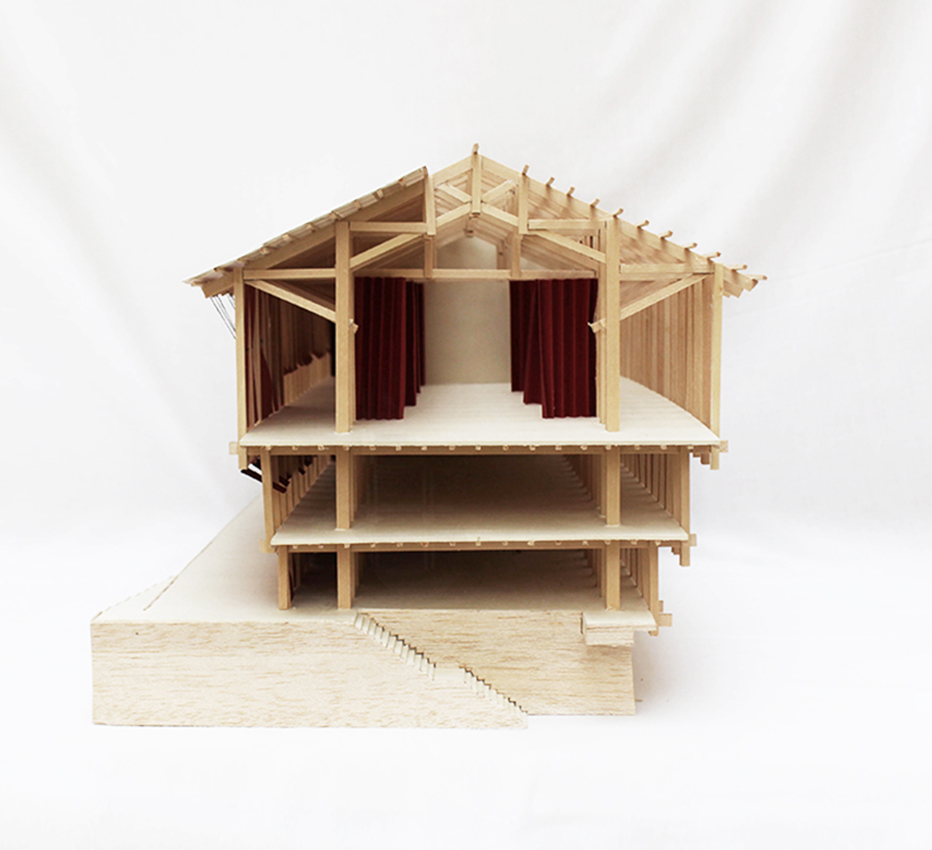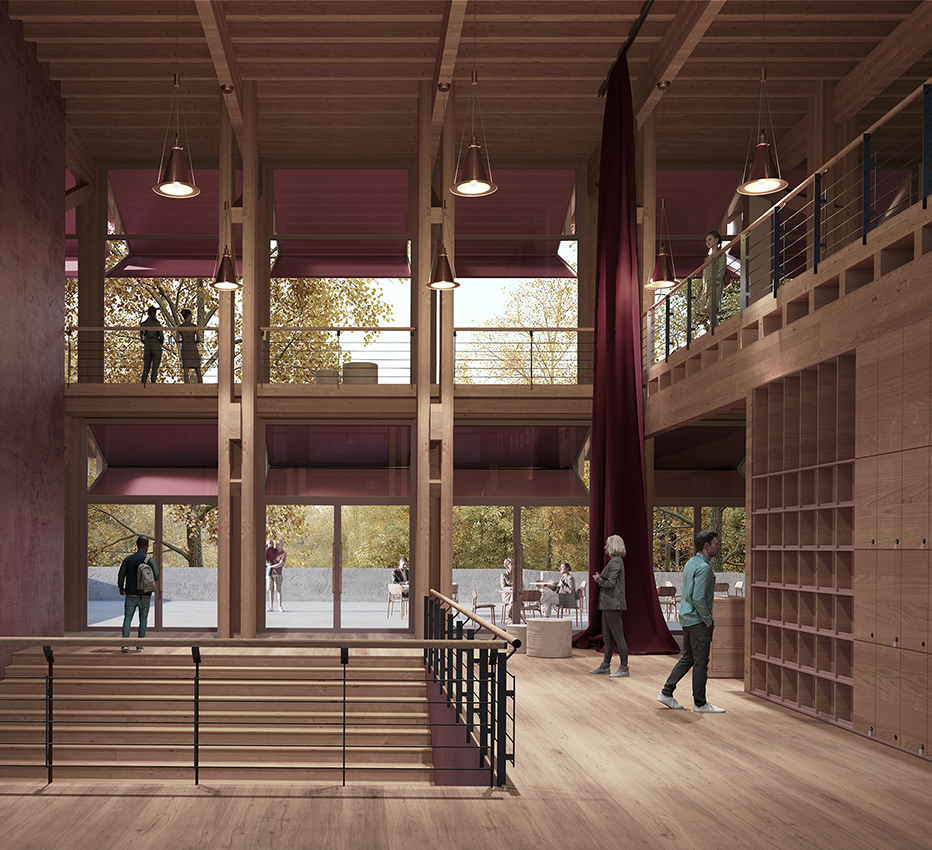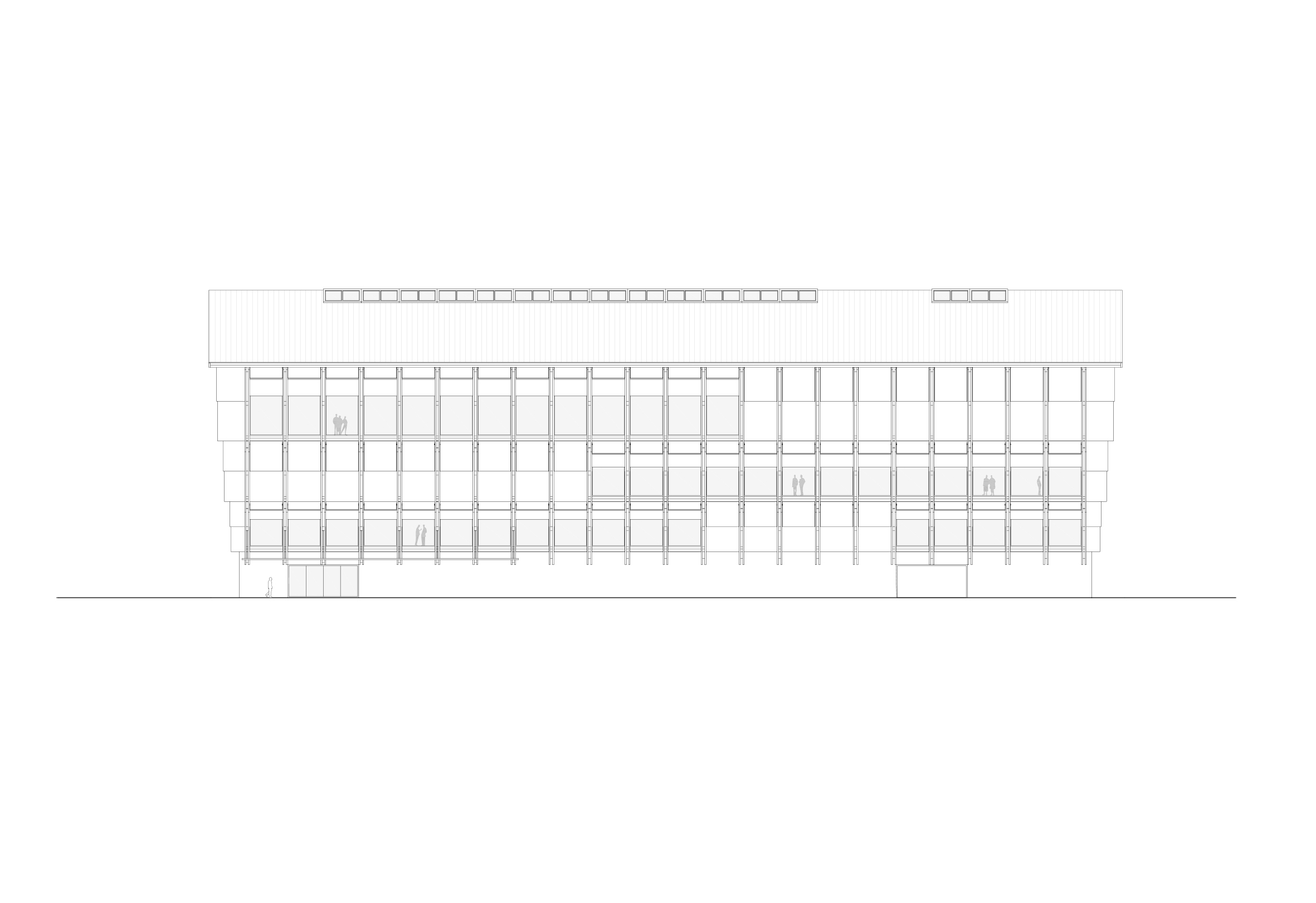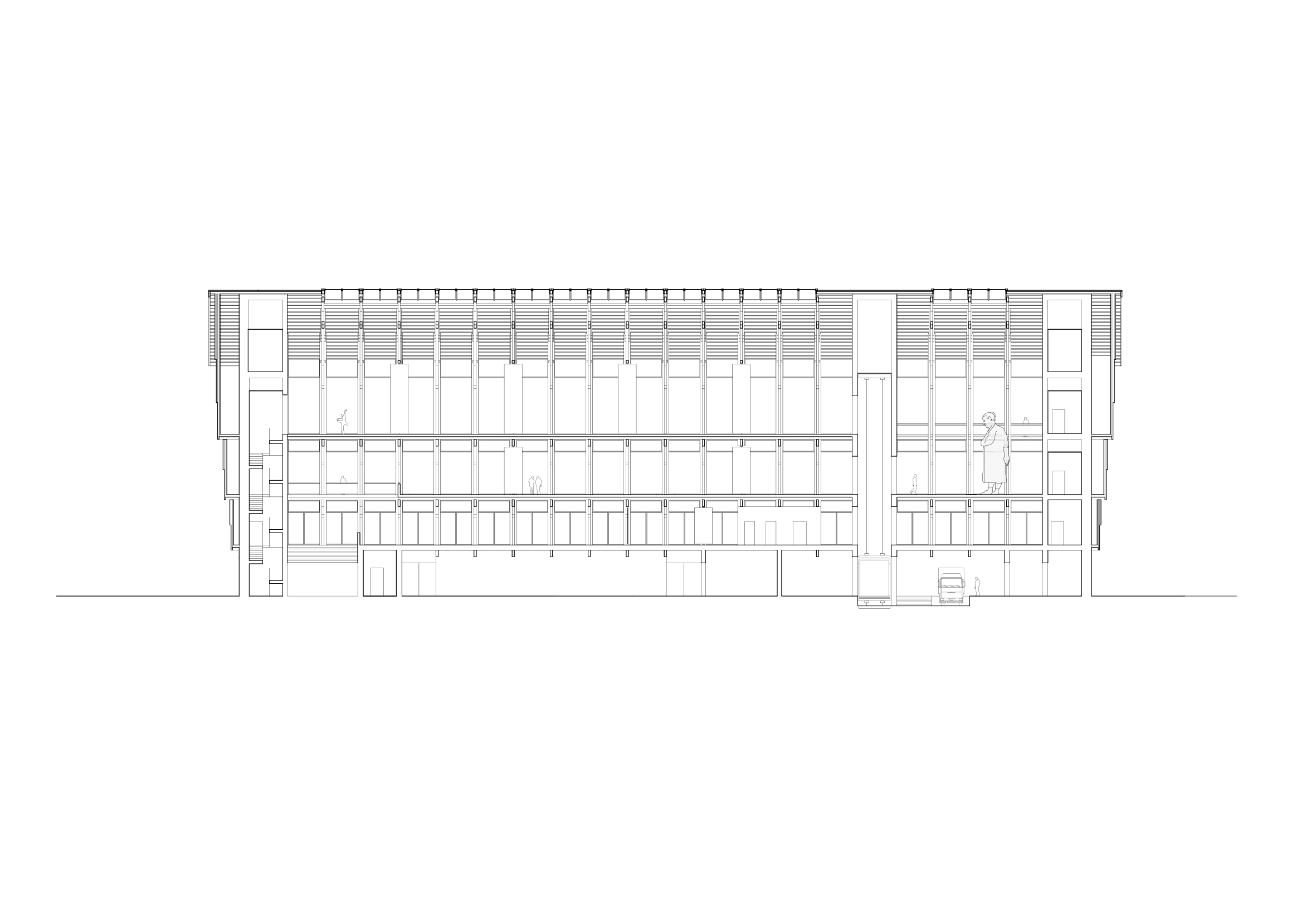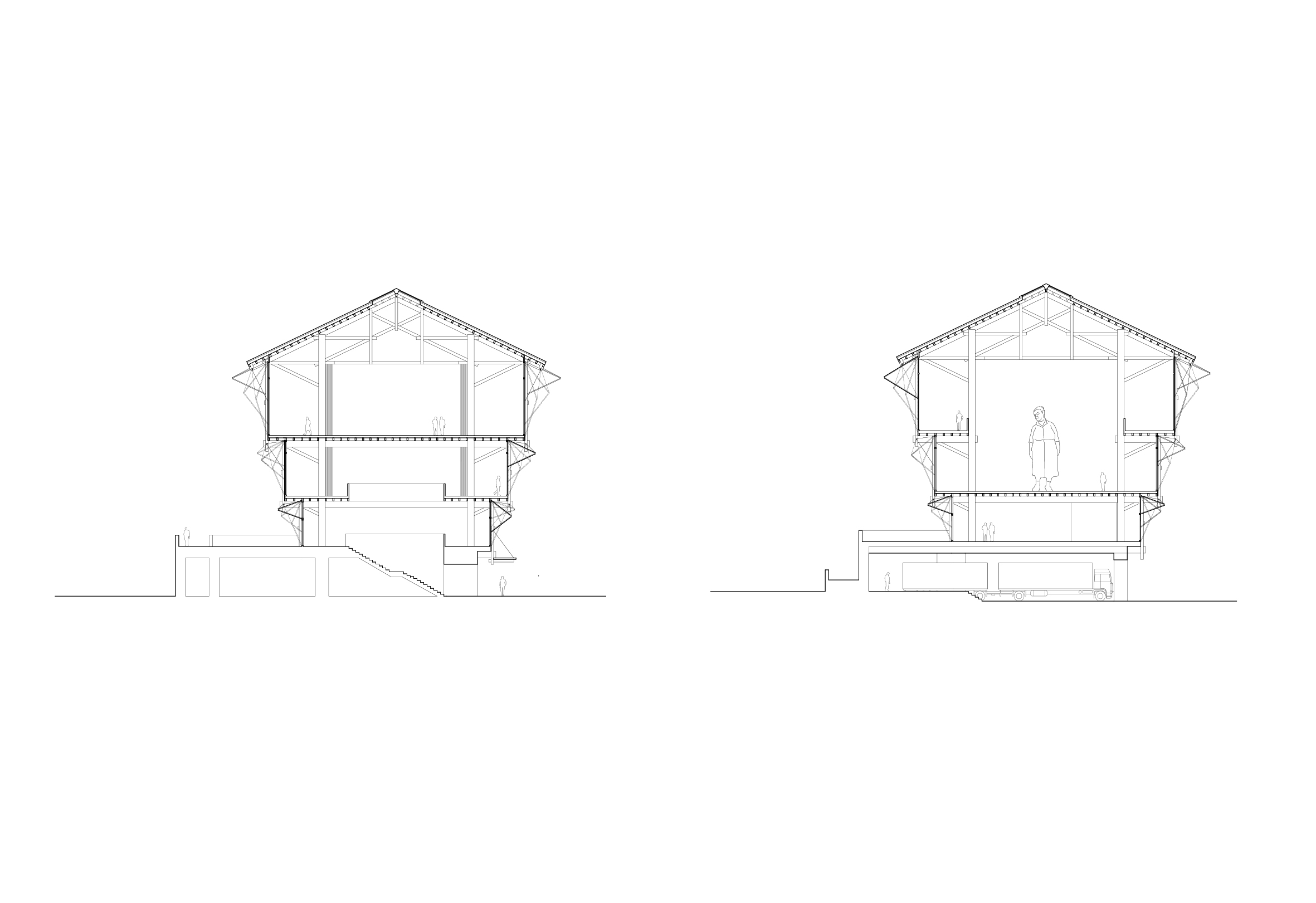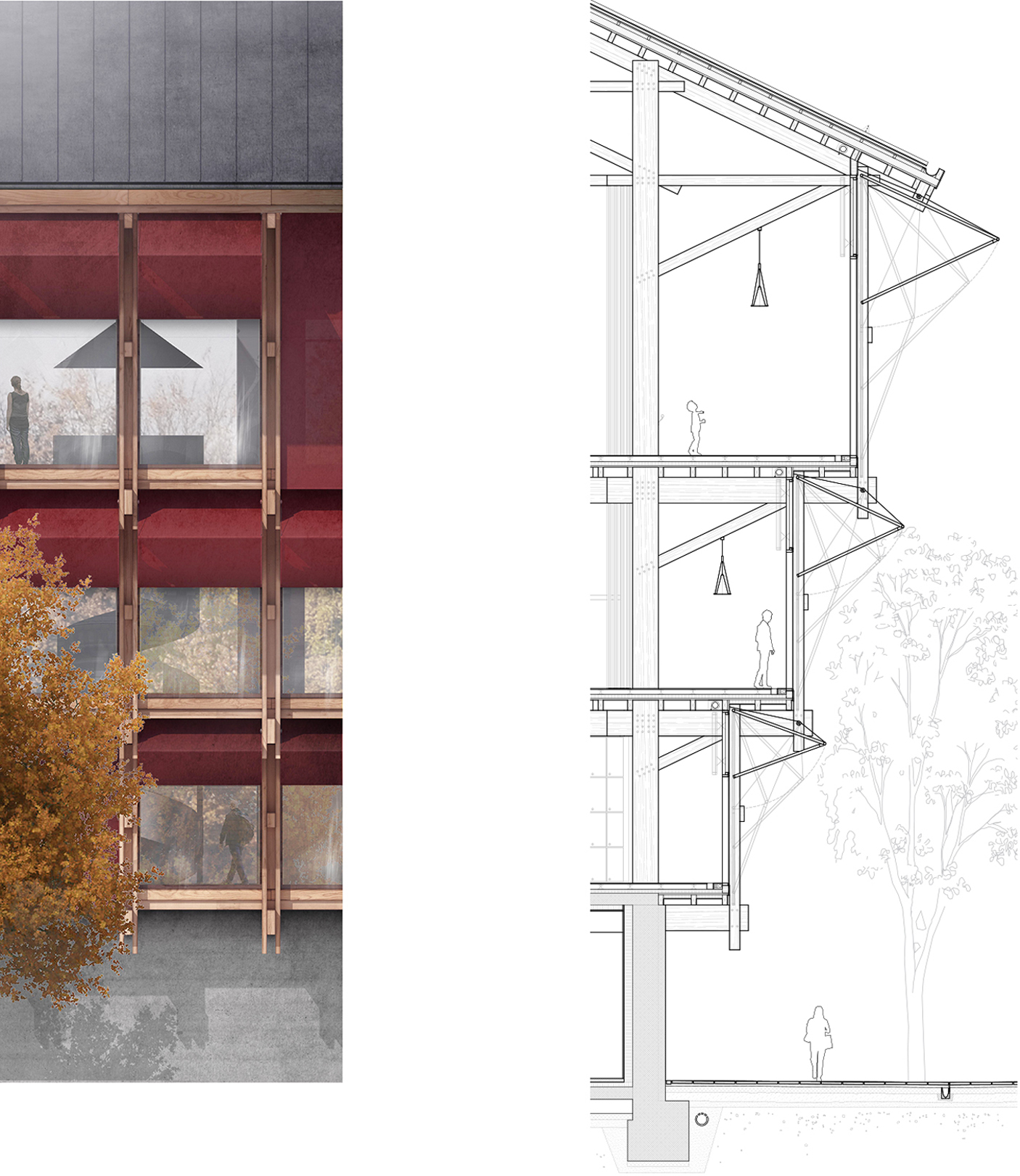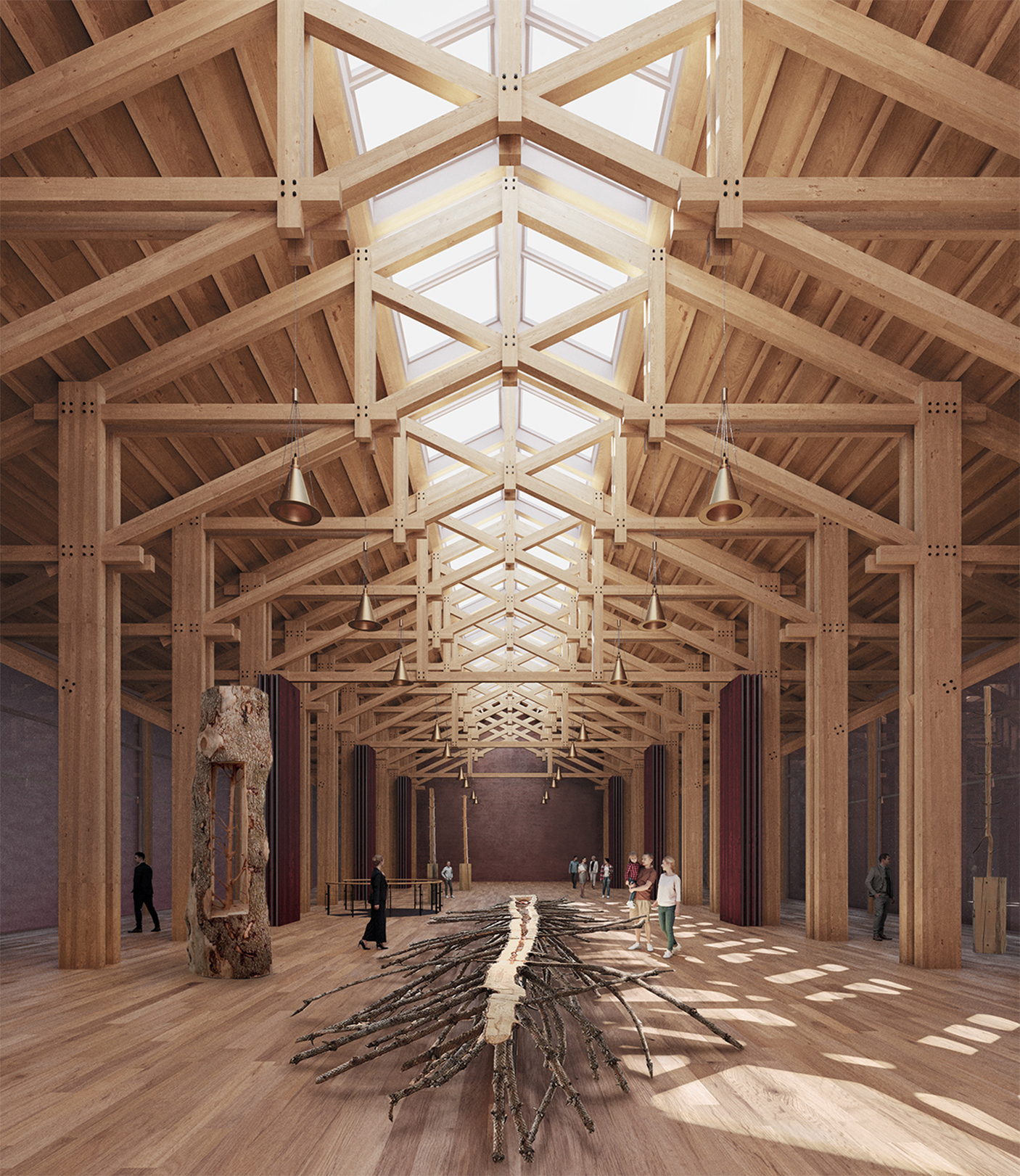In the city of Tampere, about 230,000 inhabitants, located in the region of Pirkanmaa, in Western Finland, lies Noah, the proposal for the new Art Museum that will host the collection of the Sara Hildén Foundation.
Located on the banks of the Tammerkoski Rapids, between lakes Näsijärvi and Pyhäjärvi, Tampere retains a rich tradition of industrial craftsmanship deeply linked to the production of fine fabrics, paper, timber and metals. As in the whole Scandinavian region, here too, the achievements of the past related to wooden construction have had an important role to the point of strongly affecting the historical and / or imaginary identity of the place. Starting from the Stavkirker, passing through the large shipbuilding, up to the smallest and most humble wooden houses painted in punamulta, it is easy to trace a link with the past that is still alive today.
This historical vision, bound to the deeper meaning of progress and therefore aimed at the enhancement of local know-how and knowledge, is to be interpreted as a critical approach to understand the proposal; the means through which the oneiric dimension of a space that is at the same time construction, structure and tectonics of its elements, becomes a project.
Extending over an area of about 4000 square meters, Noah has been designed to house one of the largest and most significant collections in Finland including, to date, about 4,600 works by masters of Finnish painting and sculpture such as Kimmo Kaiyanto, Kauko Lehtinen, Kain Tappere and Helene Schierfbecked and other renowned international artists including Christo, Josef Albers, Giacometti, Henry Moore, Francis Bacon, Paul Klee, Joan Mirò, De Chirico, Giorgio Morandi and Pablo Picasso. The architecture proposed for the Sara Hildén Art Museum is composed of three large timber naves, piled on each other in a stack.
This structure, progressively projecting outward and designed to accommodate multiple configurations of the interior space, is suitable for exhibitions and / or artistic performances of any type or genre. The possibility of having large unobstructed surfaces offers considerable advantages in relation to the variety and variability of the events that can be hosted within the space, whether they are characterized by small, mediums and large works or with the need to have free heights up to 14 meters.
The large wooden “vessel” with its three levels conceptually rests on a concrete podium, a functional, massive volume, containing in addition to the technical compartments all the spaces dedicated to the reception, storage, conservation, preparation and examination of the artworks. On the western side of the podium the entrance is marked by the excavation of the monumental staircase that introduces the visitor directly inside the foyer connecting Finlaysoninkatu Street to the panoramic terrace open on Wilhelm von Nottbeck Park.
The first level contains the ticket office, the cloakroom, the workshop, the multi-functional and meeting space, the shop and the café which, during sunny days, has its natural extension in the terrace outside. At the same level a large spiral staircase, positioned in axis with the center of the upper galleries, leads the visitor to the second and third floors where permanent and temporary exhibitions will take place. Particular attention was also given to the design of light.
The large north and south facades, extending for a length of about 80 meters, are marked by a frame of double posts. Within this frame a system of composite fabric panels mounted on a movable, vertical folding, steel frame is superimposed over large thermal break windows. The panels act as adaptive shade modulators and natural light filters, covered in Bordeaux-red fabric, close to the memory of the previously mentioned punamulta. The volume is therefore perfectly integrated with the chromatic context of the surrounding urban fabric and assumes, by analogy to the industrial identity of the area, the visionary image of a great machine, we would dare to say Miyazakian, placed in diachronic continuity with the urban functions that characterized the project site, distinguishing itself as an exception and paradoxically, in contrast with the most common approach of the international style of contemporary architecture, assuming a posture of discontinuity with the present while searching a bond of continuity with the past.
